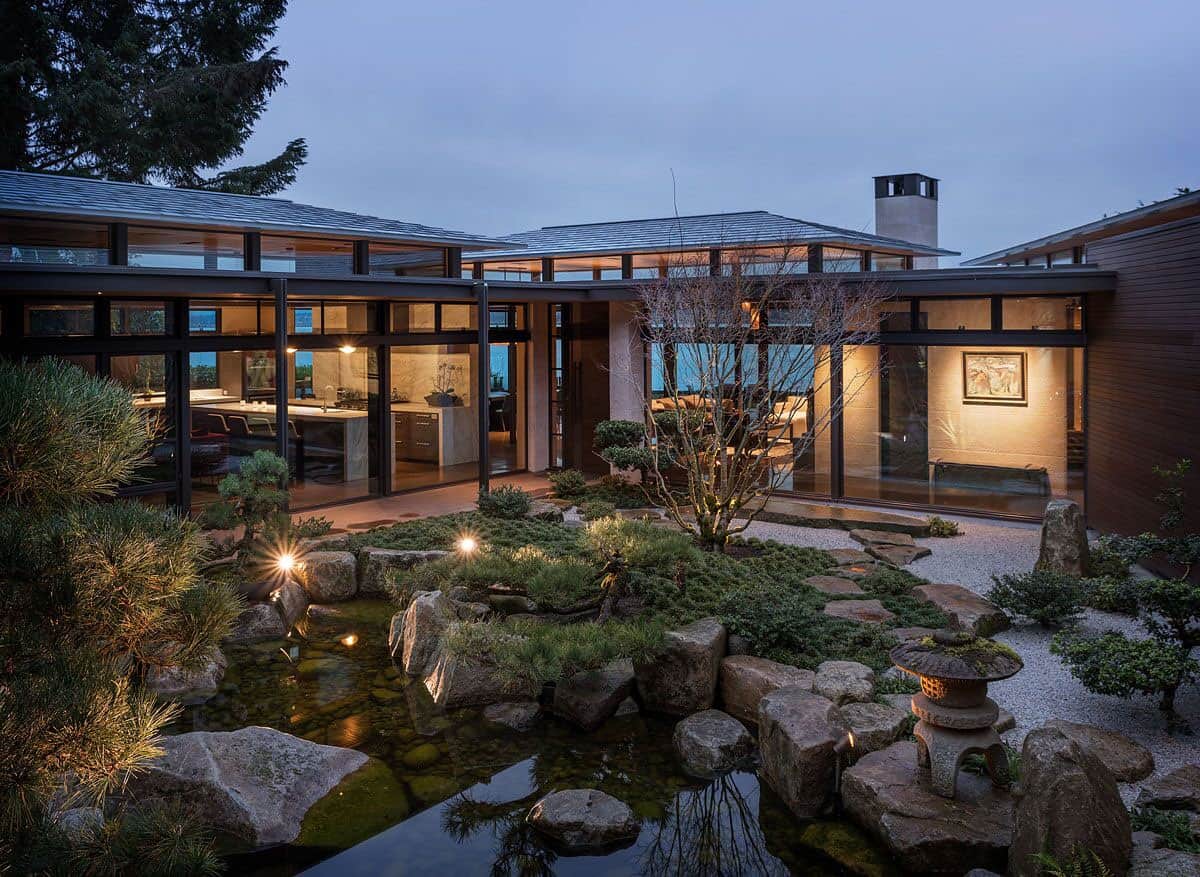
Surrounded by a wooded site, this contemporary Japanese garden home designed by Stuart Silk Architects is nestled on a small bay on Lake Washington in Washington Park, a neighborhood in east central Seattle, Washington. The property boasts sweeping views of Lake Washington and the Cascade Mountains, well-suited for the homeowner’s collection of specimen trees. The owner’s dream was to find a waterfront property with perfect exposure that would allow them to build a Japanese garden that could accommodate these woodland treasures.
Loving the calming effect of water—outings rowing along its shores and viewing the nearby eagles, otters, and blue herons—the couple was fond of Japanese gardens because of their serenity and beauty. For over twenty years they had amassed an impressive collection of plants which they lovingly cared for and painstakingly pruned, consistent with the traditions of Japanese landscaping. For them, the garden was as important as the home.
The design of this 4,250 square foot dwelling seeks to merge the garden and shelter. In response, the home is conceived as a collection of one-story pavilions with the garden at its center. The house surrounds the garden to create an experience that is sanctuary-like and has a sense of stillness and calm. The layout of the house responded to the oddly shaped parcel resulting in one pavilion being slightly off-axis with the others, ultimately creating greater interest.
To maximize light the main pavilion, the design is generally oriented in an east/west orientation. The house was designed on one floor because the owners didn’t want the inconvenience of steps. The challenge, however, was how to integrate a single level house with a sloping site but it poses several challenges in the design of the garden. In the end, having everything on one plane connected by the covered terrace is one of the home’s most dramatic features and signature appeals.
The Japanese garden is divided into two principal rooms connected by a watercourse that falls from the street towards the lake and represents a journey from the mountain to the sea. The pavilions are connected by a covered walkway that runs most of the length of the property knitting the pavilions together.
Architecturally, the desire was for the home to capture the essence of traditional Japanese buildings without mimicking familiar imagery or details: to be a reinterpretation of Japanese principles as viewed through the lens of modern Pacific Northwest sensibility. The result is a home that is strongly horizontal, richly tactile, creatively detailed, craft centric, rhythmic, and textural.
Each pavilion has its own separate function: living areas, bedrooms, art studio, and garage. Consistent throughout is the low-angled hip roof which is a characteristic of traditional Japanese homes. Long overhanging eaves meet in a minimally designed knife-like edge. Each roof is clad in zinc shingles which invoke the feel of the ancient roofs and which will continue to patina over time to a lustrous grey tone. “To prevent the home from being too dark on the inside,” notes Silk, “we lifted each roof up on ultra-thin steel posts to create space for a continuous band of clerestory windows. Each roof seems to defy gravity.”
The sun’s direct rays are shielded by the overhanging eves producing a soft even glow while allowing the winter sun to warm the interior. Pairs of ultra-thin steel columns support the roof as well as the covered walkway, somewhat reminiscent of Japanese post and beam structures. Large clerestory glass panels help connect inside to outside and visibility through the buildings and enhance the illusion of the floating ceiling planes. Due to the weather in the Northwest, there are limited months during which one can enjoy outdoor living.
To extend the time one can enjoy the indoor/outdoor living, large overhangs were integrated into the design. The exterior terrace was designed with an ultra-thin fourteen-foot-deep cantilevered roof. This dramatic gravity-defying cantilever enabled the architects to eliminate all columns which allowed unobstructed views of the lake and mountains.
This was a challenge to achieve from a structural standpoint resulting in much debate between the owner, architect, and structural engineer to get it right. The clients won the day by insisting on the removal of the columns which proved to be one of the best design decisions made and the most important feature for the livability of the house by extending outdoor living from early spring all the way to late fall.
Nothing is more important in designing a Japanese garden house than to have excellent visibility from within. Particular attention was given to position the guest house for viewing the garden from the south with the sun at the back. This required cutting back and retaining the hill. Floor to ceiling glass was also used extensively throughout the home to frame each unique view of the garden as almost a painting. The energy codes were carefully negotiated to make for an efficient thermal dwelling.
What We Love: This striking contemporary lake house offers its inhabitants a sanctuary to enjoy their beautiful Japanese garden oasis. The overall design is sophisticated and stylish, with clean lines and minimal details, focusing on the tranquility of nature surrounding this home.
Tell Us: What is your overall impression of the design of this home? Are you a fan of extensive gardens on your property? Please share your thoughts in the Comments below!
Note: Have a look at a couple of other incredible home tours that we have featured here on One Kindesign from the portfolio of the architects of this project, Stuart Silk Architects: Contemporary shingle style house on the shores of Lake Washington and Concrete and steel dwelling perched on a mountainside in Yellowstone.
The ceiling is clad with cedar planks, employed for its beauty and for its sound absorption to enable the homeowners to have large gatherings comfortably. No exposed nails were used in the ceilings. Each plank is separated by a half-inch to allow sound to be absorbed into the sound insulation in the cavity above.
The house is quiet even with lots of people. The architects created several tactile details including oversized oak doors with a cerused finish and a six-inch-wide textured vertical steel panels on the strike side. Pocket doors were used extensively to maximize transparency and space. Several of the double doors are dual activated and are reminiscent of Japanese Shoji doors. The main doors use a unique handle that mimics the owner’s wedding rings.
The homeowners are avid art collectors and, given the desire for direct visual connections to nature, it was challenging to provide walls to display their collection without sacrificing view lines. Art lighting and overall lighting were a priority and the owners worked directly with the design architects to ensure a wonderful lighting experience.
The homeowner’s art studio is strategically positioned at the nexus of the two Japanese gardens. Like the captain at the bow of a ship, the owners can see both garden courtyards, the watercourse, and the home. The water feature wraps around and embraces this pavilion and, as one of the greatest inspirations, provides inspiration every day.
Photos: Aaron Leitz
DESIGN DETAILS: ARCHITECTURE: Stuart Silk Architects | INTERIOR ARCHITECTURE & FINISH SELECTIONS: Stuart Silk Architects | INTERIOR FURNISHINGS: Sechrist Design | LANDSCAPE ARCHITECTURE: Land Morphology | CONSTRUCTION: Mercer Builders | STRUCTURAL ENGINEER: Quantum Consulting Engineers | CIVIL: D.R. Strong Consulting Engineers | WATERPROOFING: B.E.E. Consulting, LLC
RESOURCES: Windows and Doors: Hopes Windows | Wood ceiling: Cedar slatted wood ceiling | Site work, excavation and utilities: Fed Excavation – Bellevue, WA | Foundation and architectural CIP walls: WG Concrete – Bothell, WA | Flat work concrete: RC Concrete – Puyallup, WA | Framing: in house by Mercer Builders – Mercer Island, WA | Siding: Custom milled clear cedar siding in house by Mercer Builders – Mercer Island, WA | Roofing, custom zinc shingles, PVC flat roof, sheet metal: Tile Pro – Woodinville, WA | Plumbing: Langford Plumbing – Redmond, WA | HVAC: Premier Mechanical and Electric– Bothell, WA | Electrical: Active Engineering – Lynwood, WA | Low Volt: Definitive Audio – Woodinville, WA | Drywall: Level 5 – Kirkland, WA | Cabinets: NW Building Tech Inc. – Seattle, WA | Stone and Tile, Counter Tops, Bath tile, Exterior and interior stone cladding: Marmo E Granito – Seattle, WA | Hardwood Floors: Eurocraft Hardwood Floors – Woodinville, WA | Interior concrete floors and polishing: Evolution Concrete – Gig Harbor, WA | Interior/ Exterior doors and trim materials: Bob Johnson Woodworking – Snohomish, WA | Finish Carpentry: in house by Mercer Builders – Mercer Island, WA | Custom Metal Work, powder sink, hearth, range hood, door details, fountain spout: Decorative Metal Arts – Seattle, WA | Window treatments: Gage Window Coverings – Bellevue, WA | Painting, Interior painting and custom wood finishing on cabinets, doors and trim, Exterior wood finishing – Mercer Painting – Snoqualmie, WA
One Kindesign has received this project from our submissions page. If you have a project you would like to submit, please visit our submit your work page for consideration!


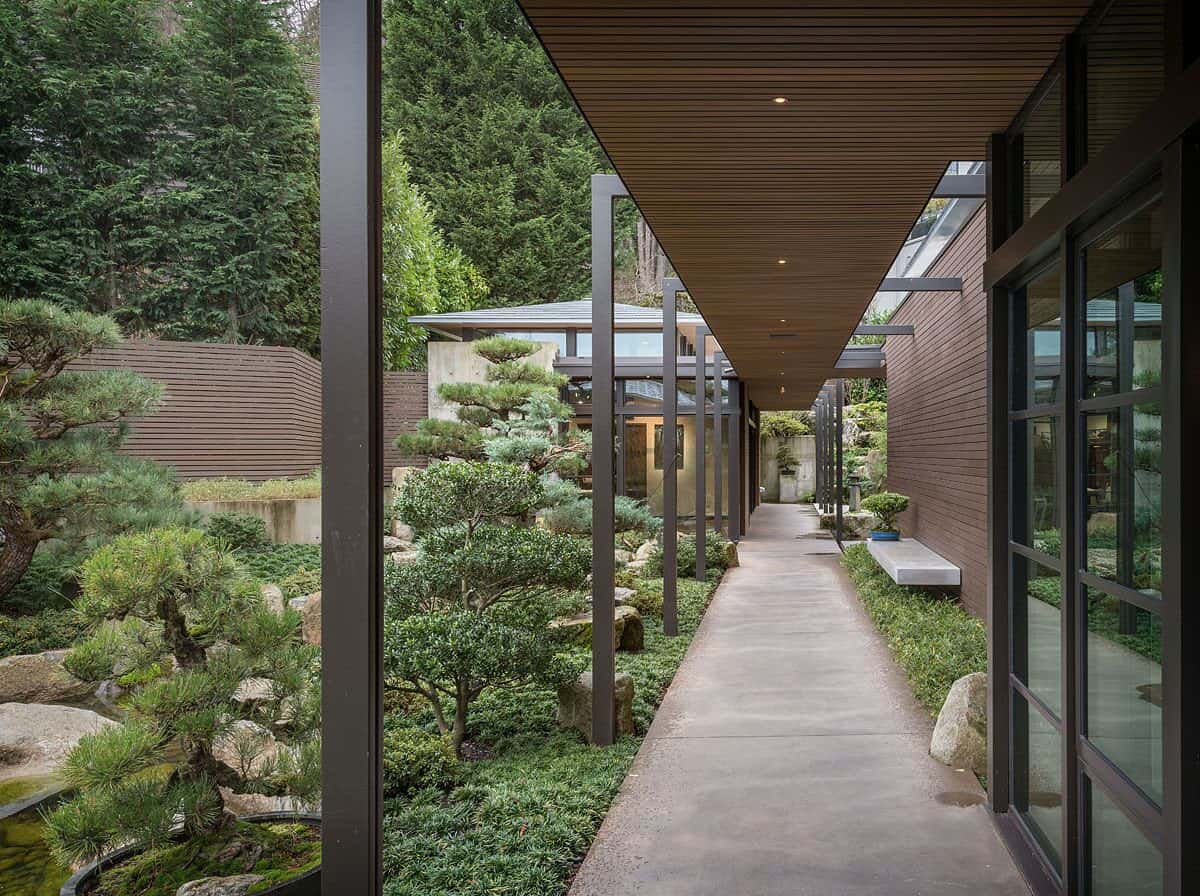

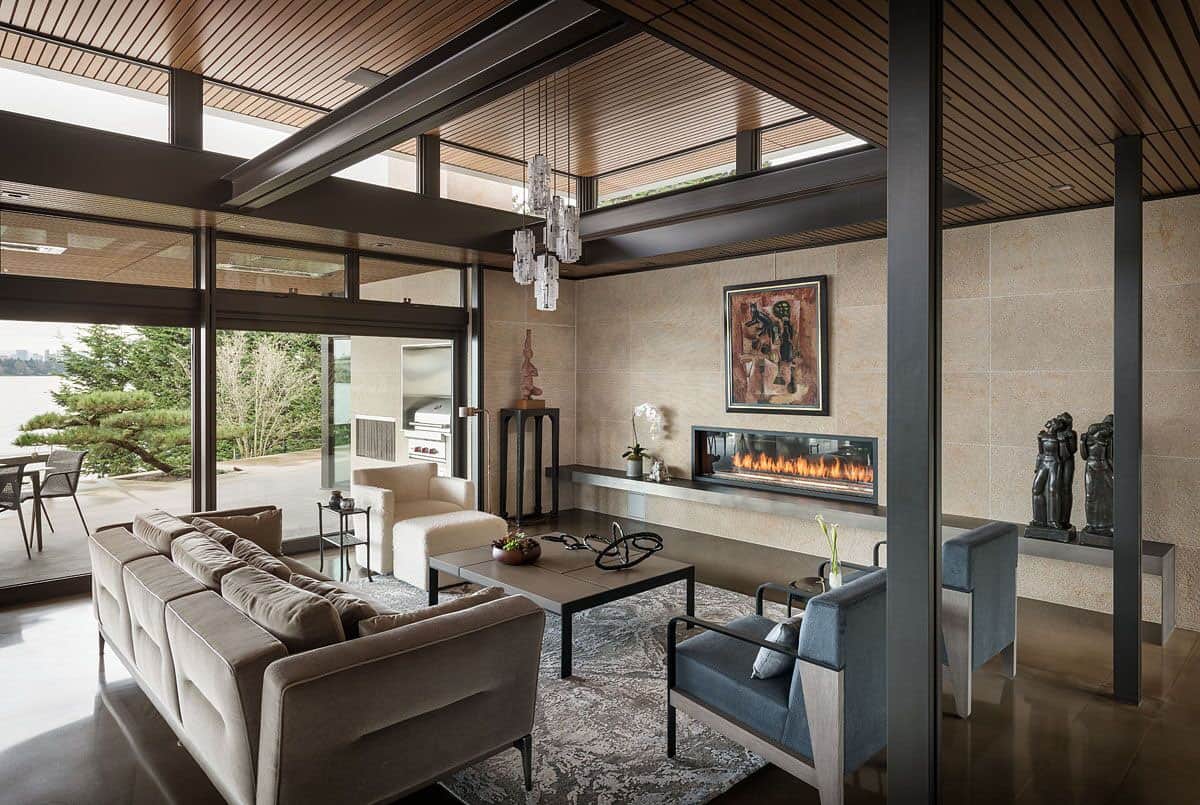
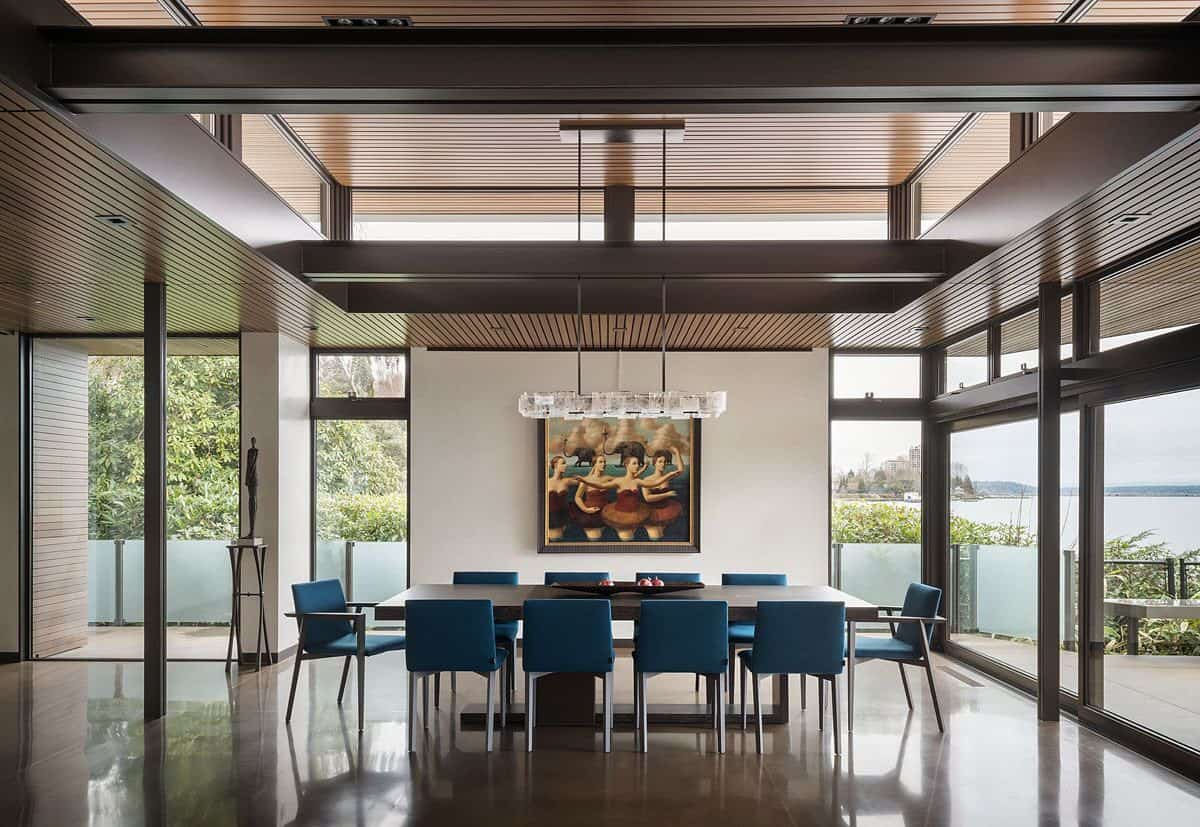
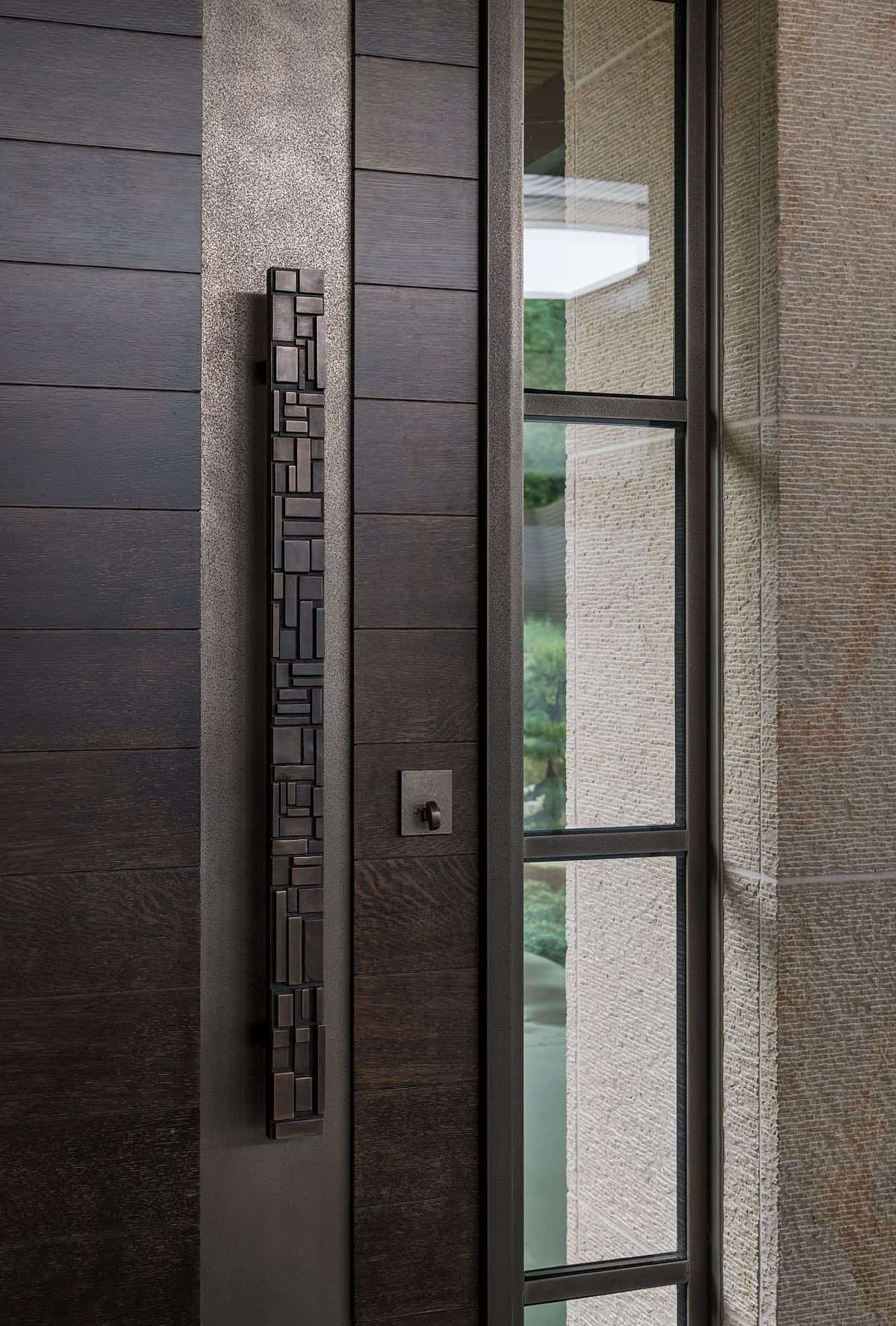
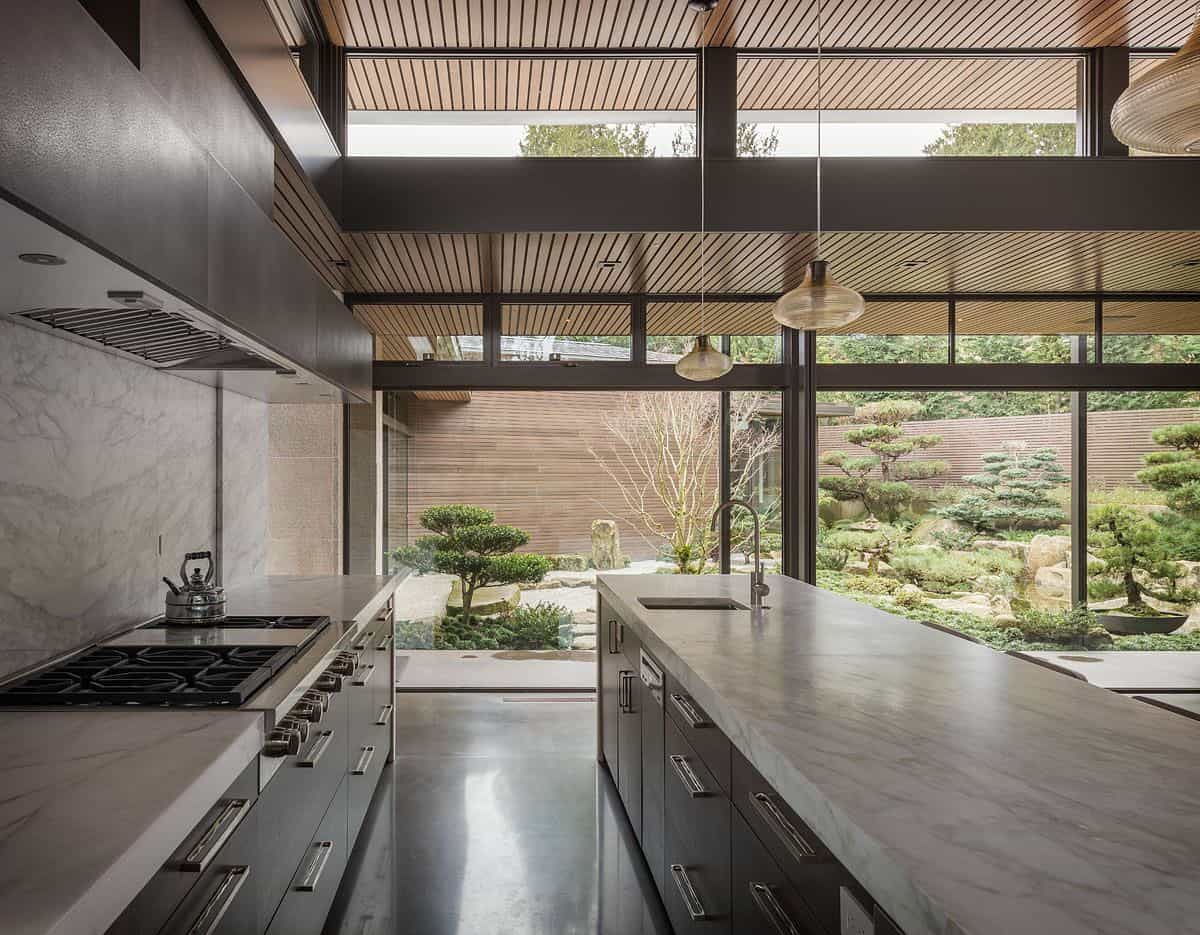
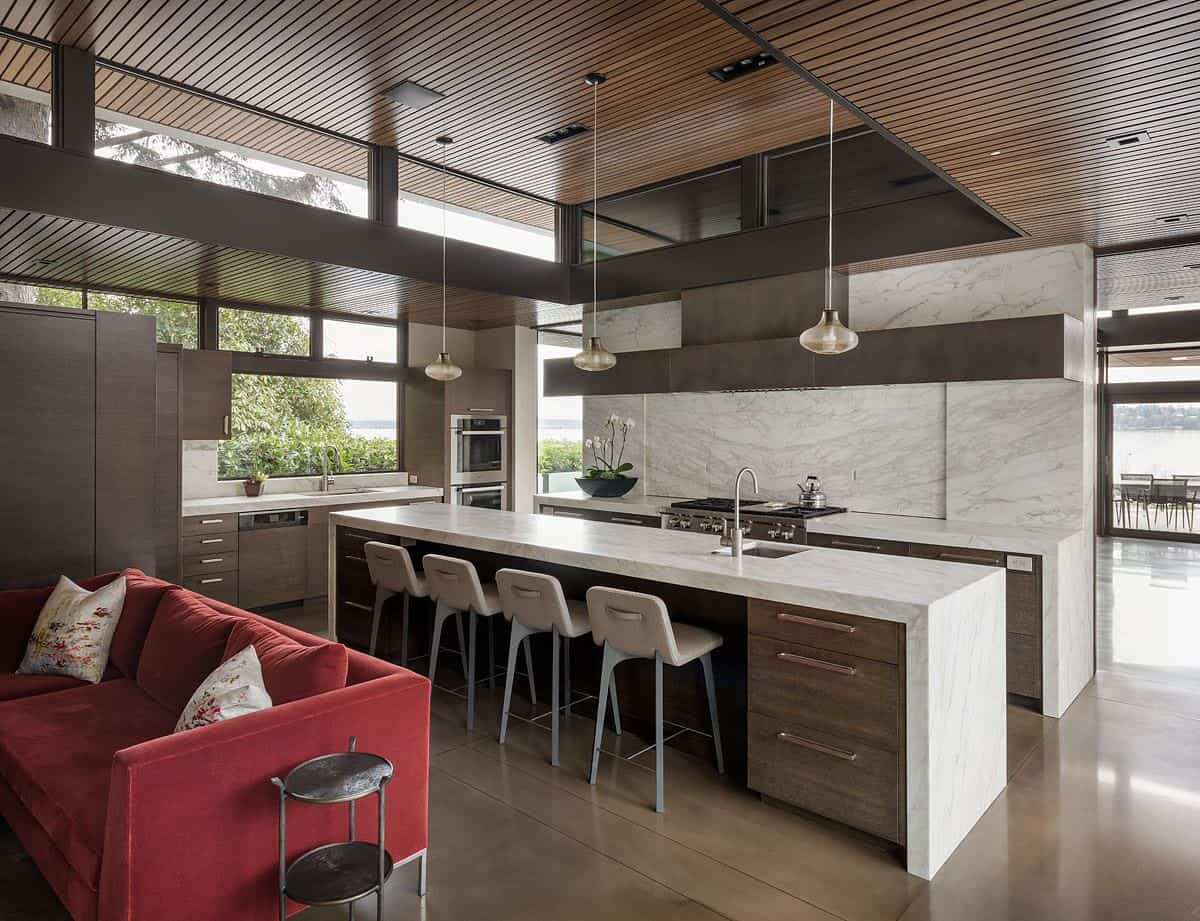
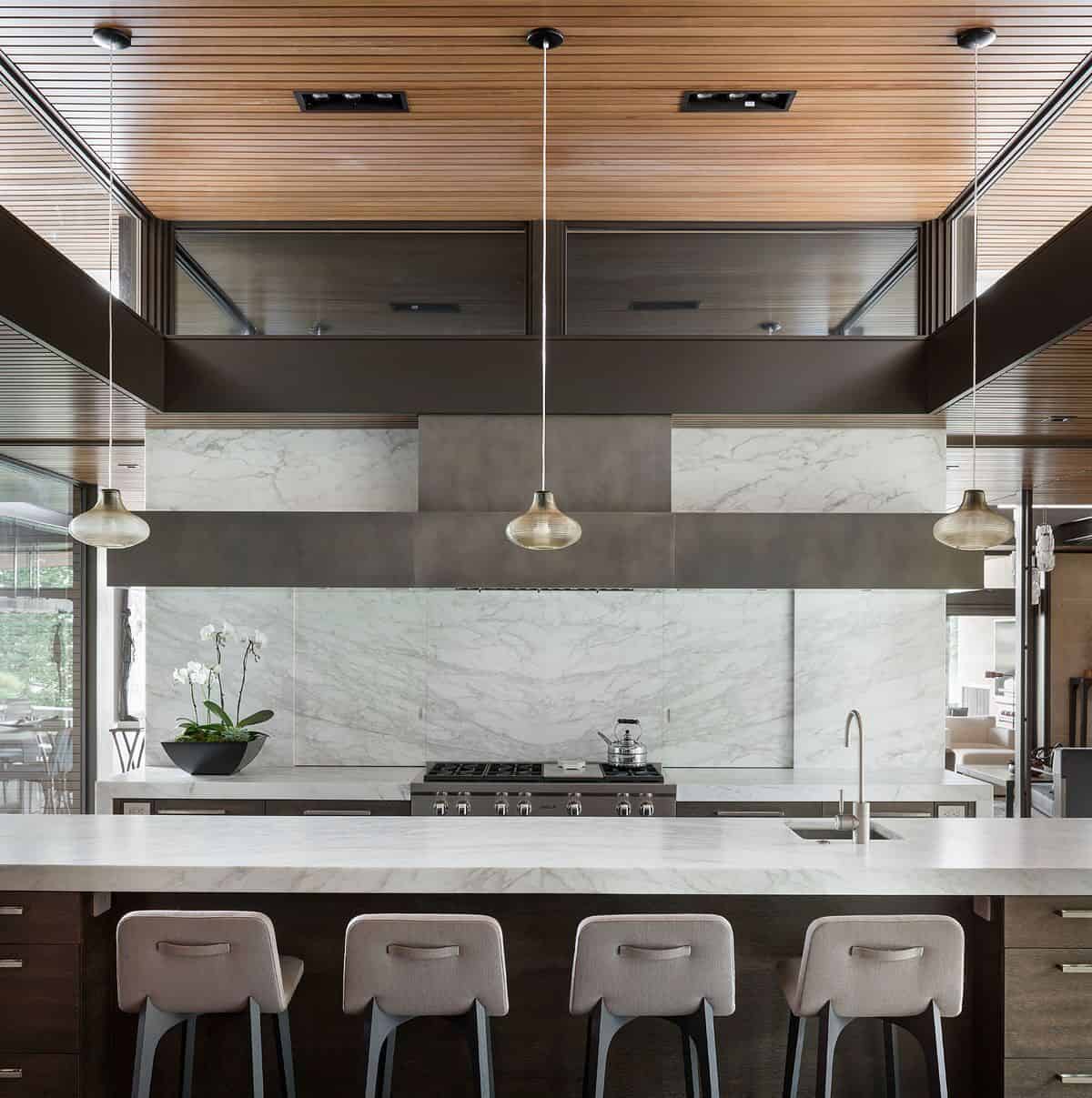
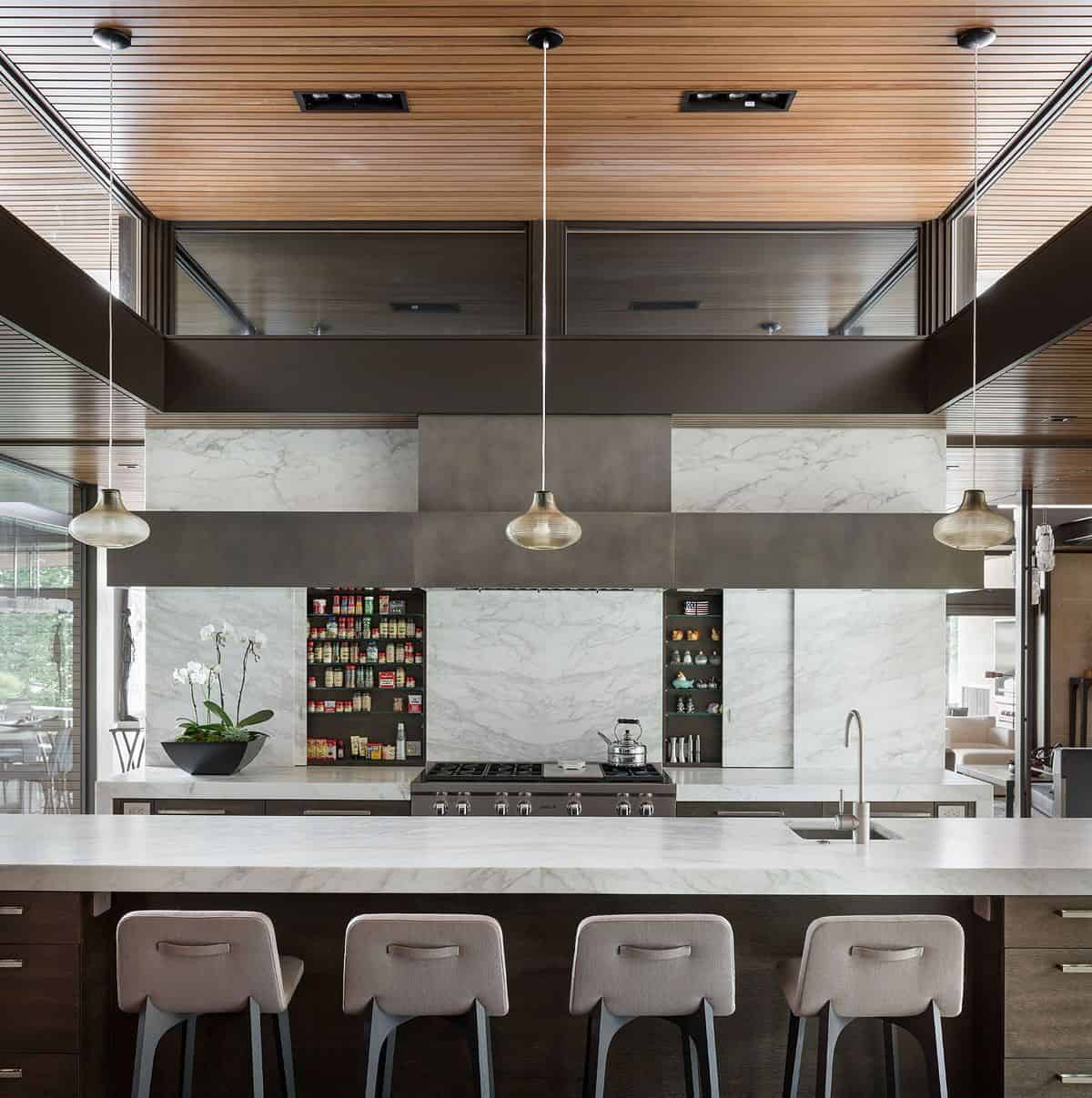
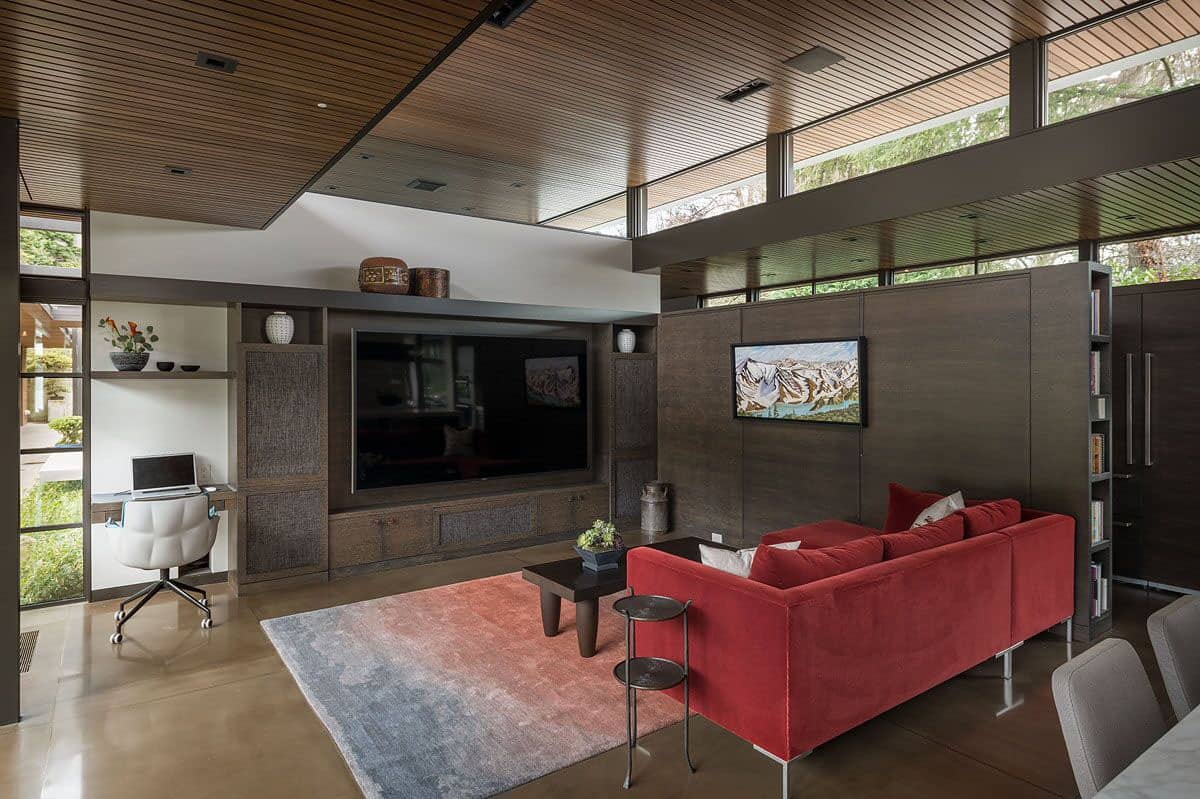
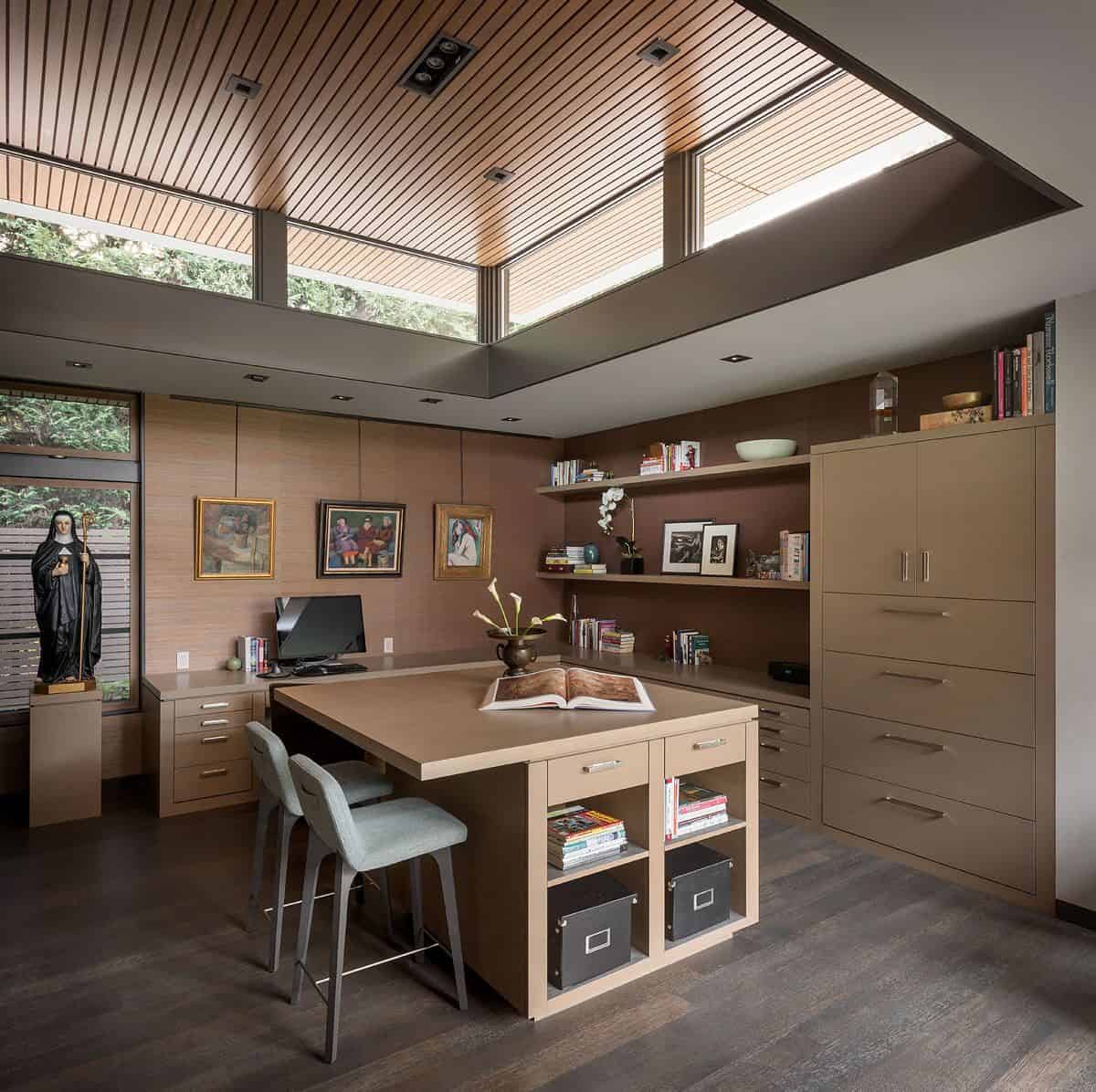
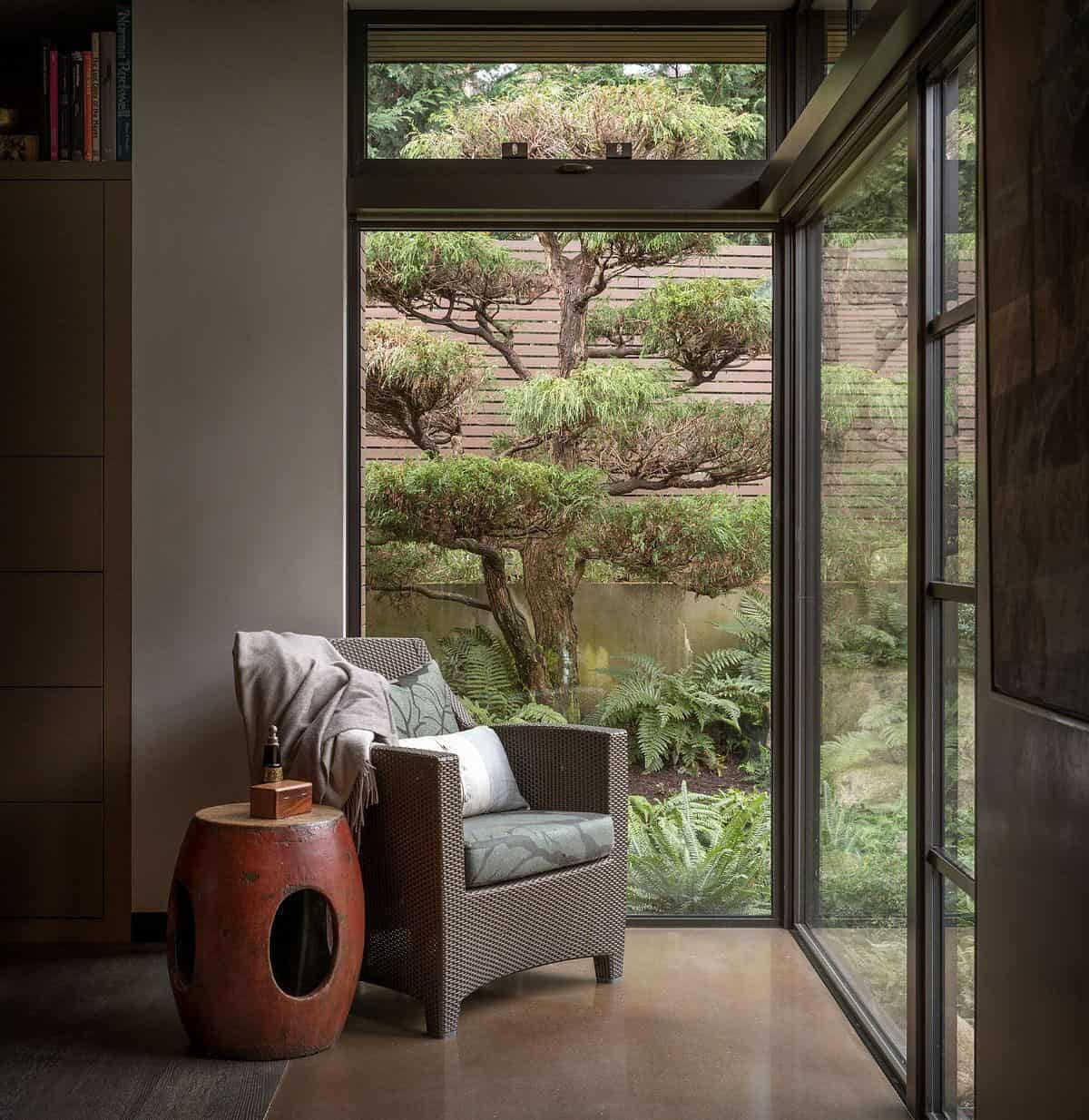
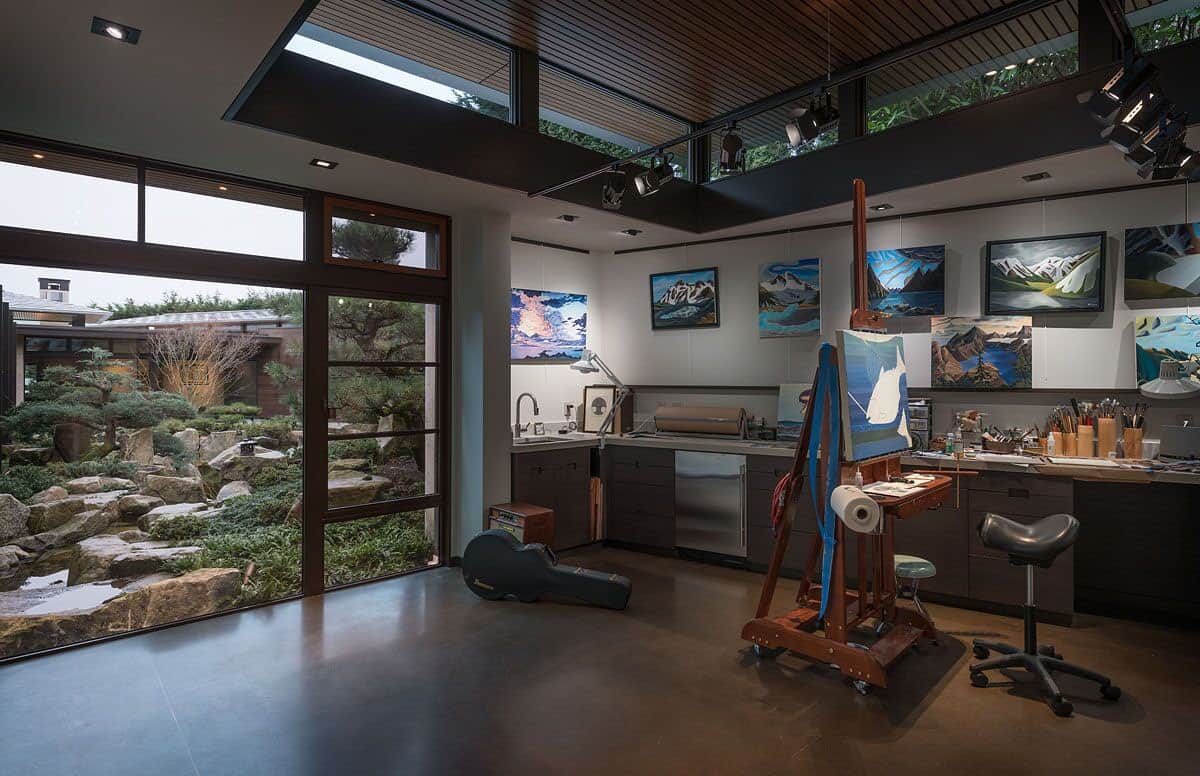
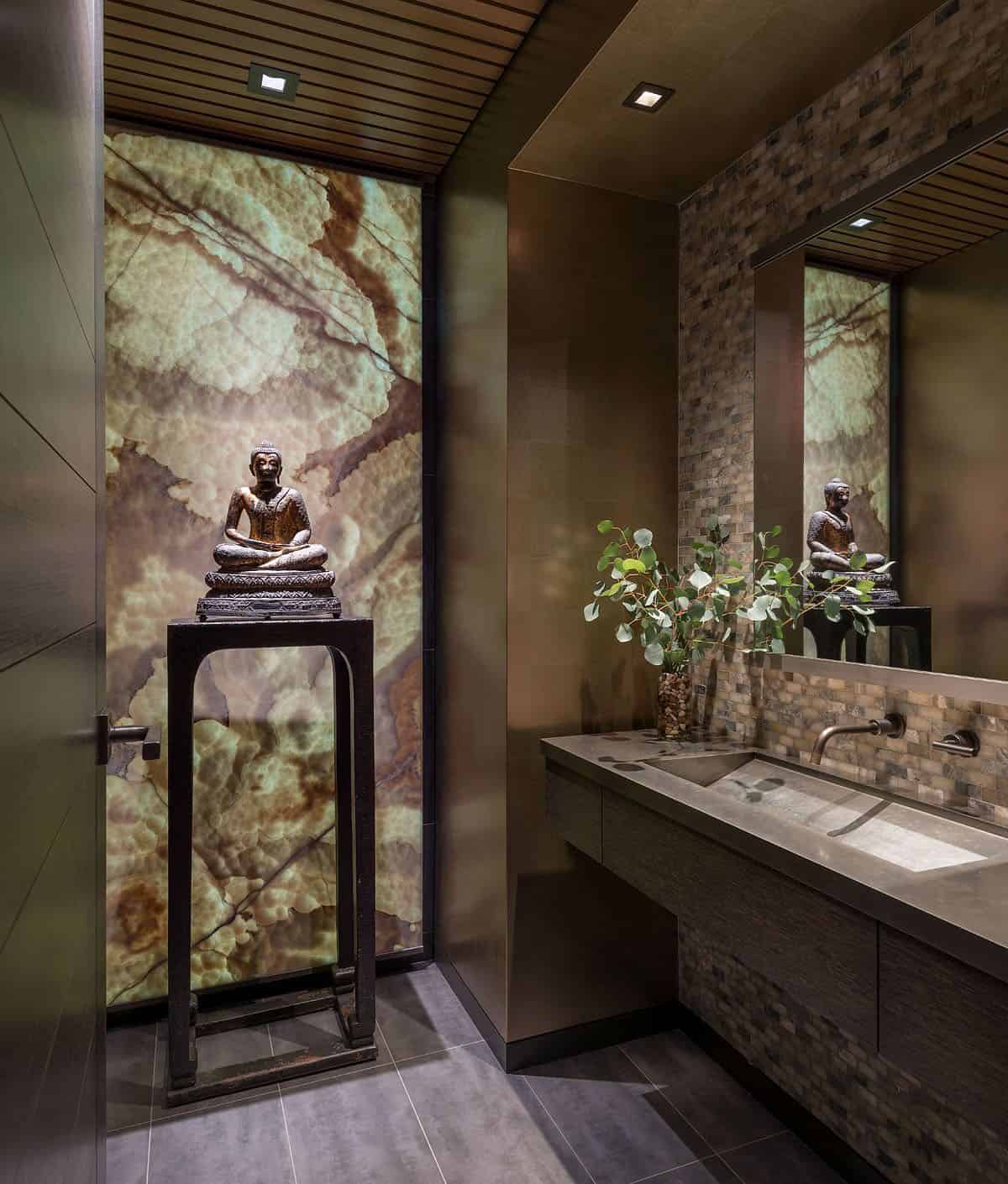
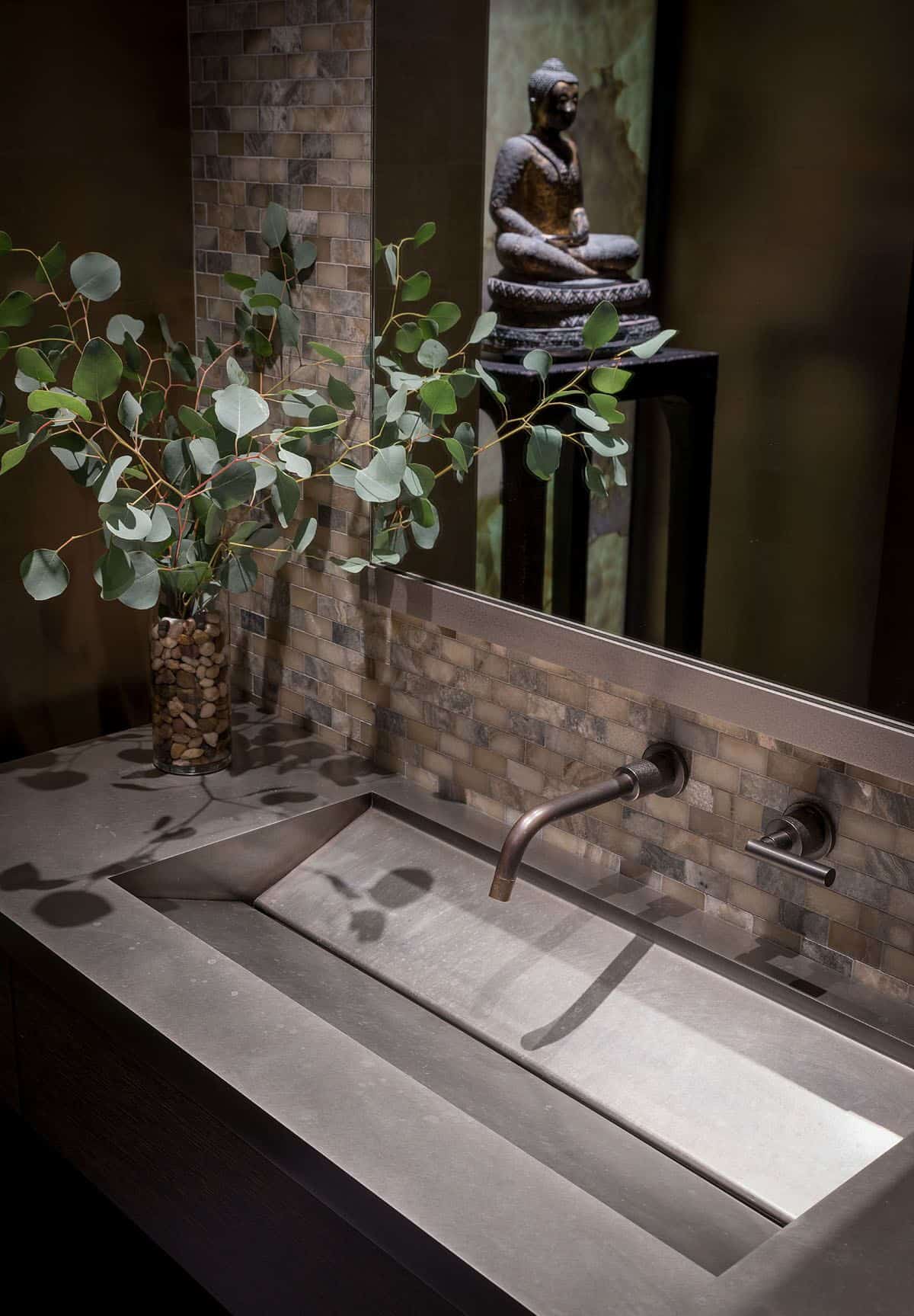
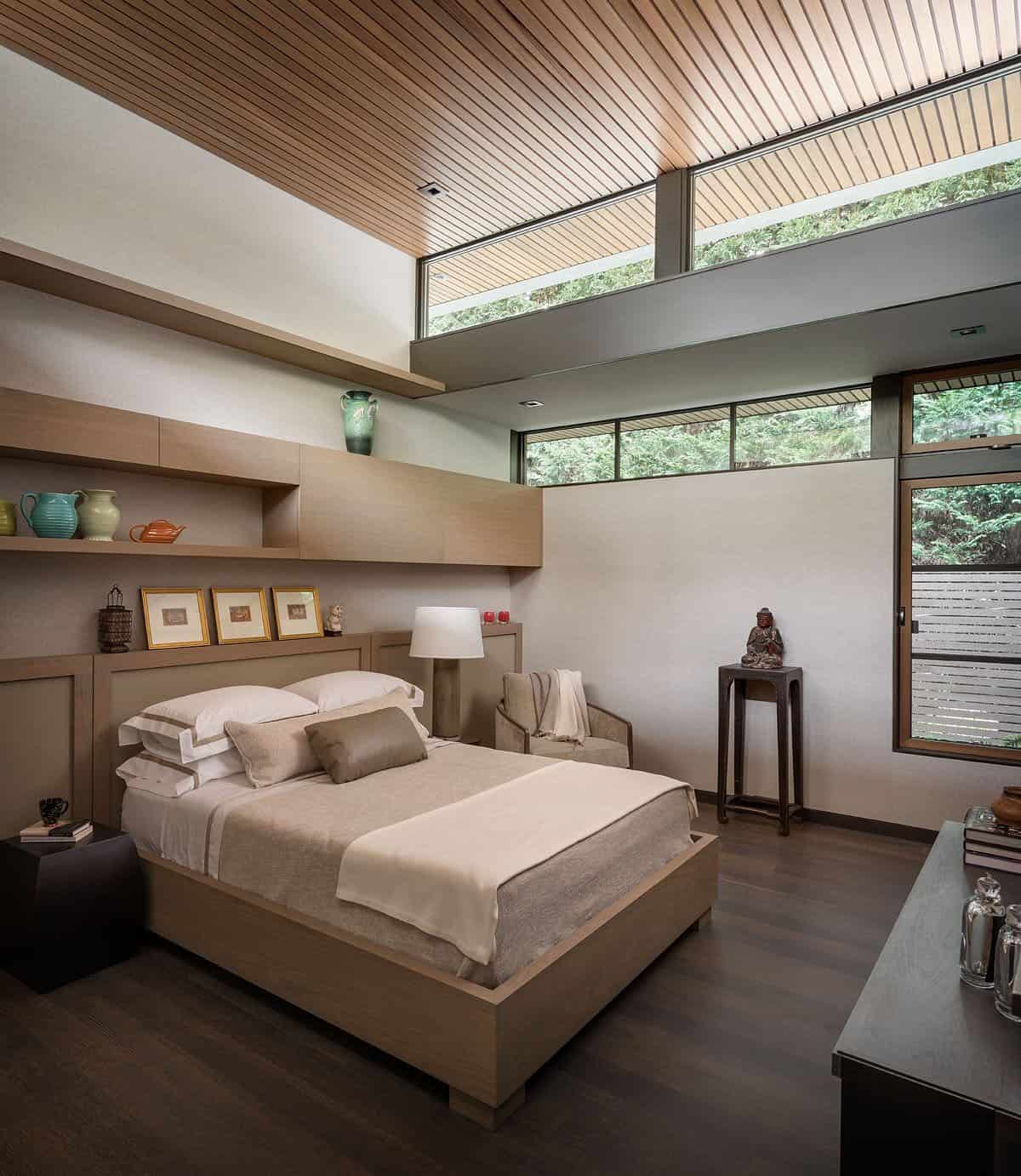


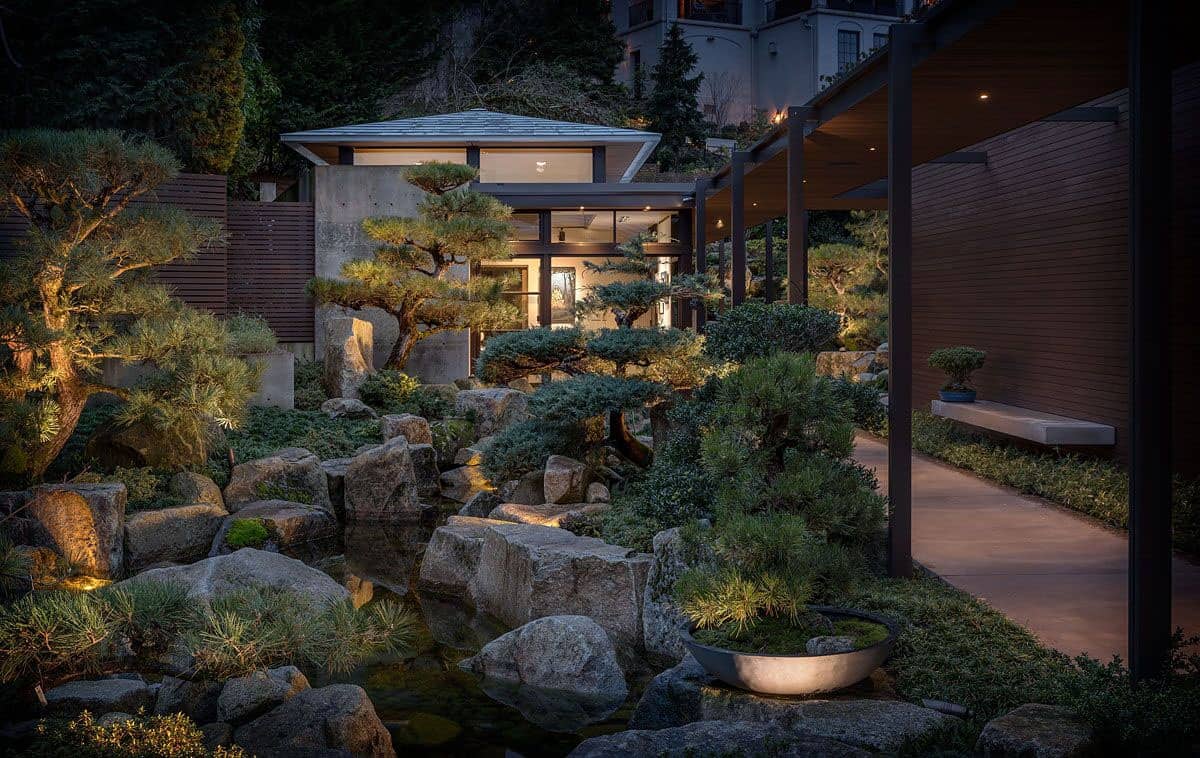


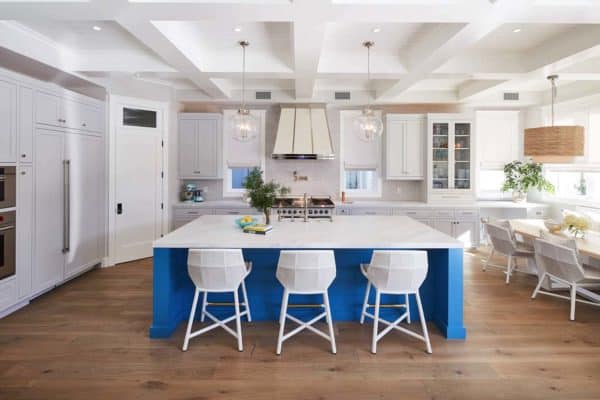
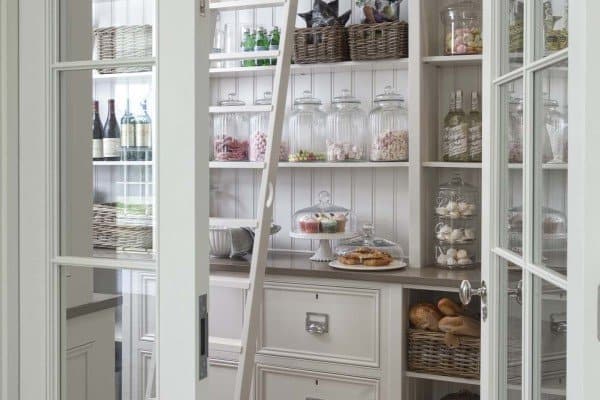
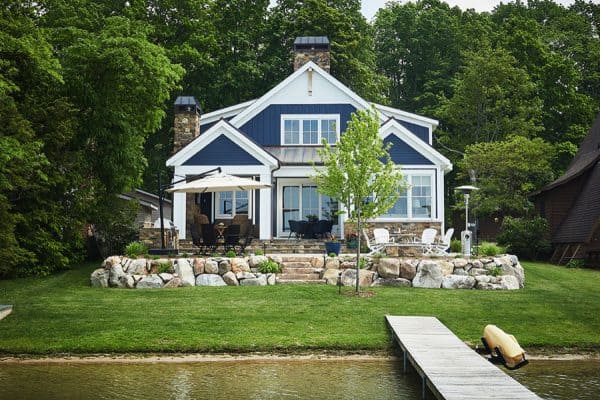

2 comments